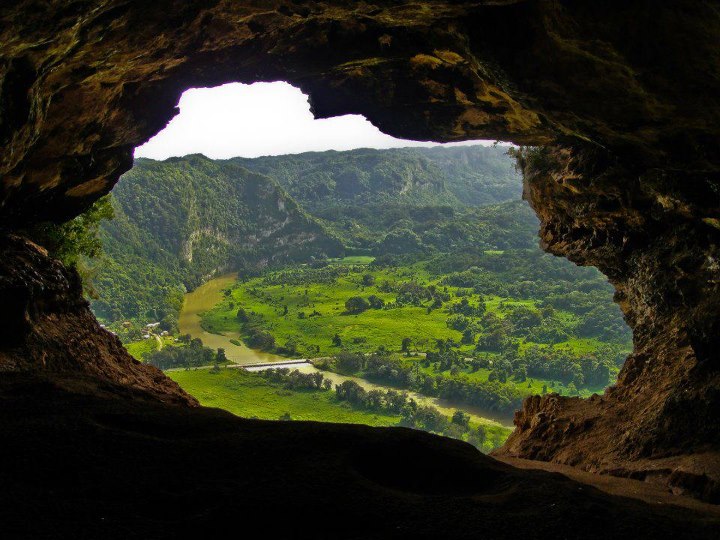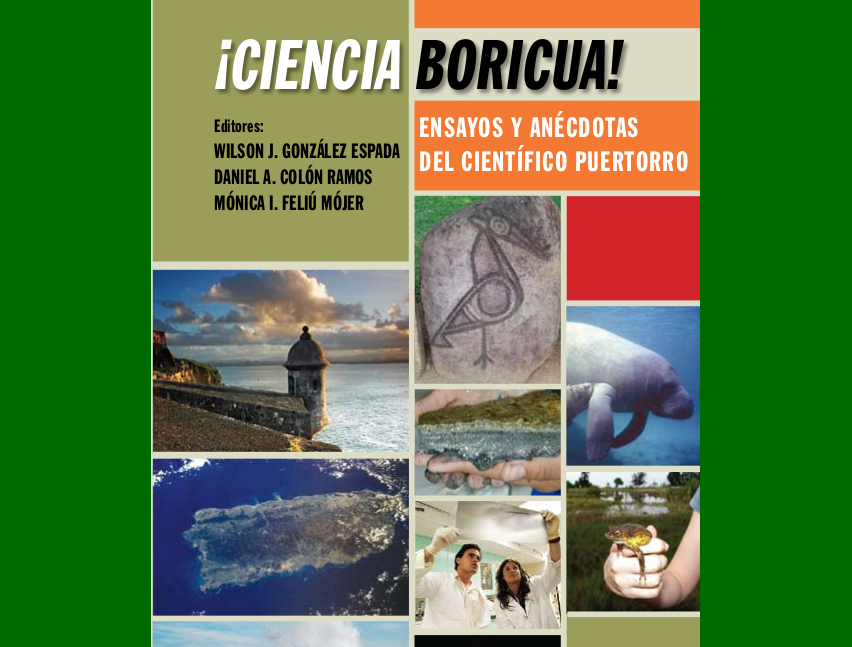Science “at the service of communities”: first extreme heat monitoring conducted in southwestern Puerto Rico
Submitted on 28 July 2025 - 3:00am
This article is reproduced by CienciaPR with permission from the original source.
CienciaPR Contribution:
Original Source:
By:

At 4:30 a.m., more than 60 volunteers went out to face the relentless protagonist of the Puerto Rican summer: the heat.
Convened by the organization Caribbean Community Regenerative Development (CRCD), they participated in the first community monitoring of extreme heat in the southwest of the island, with a clear objective: to collect scientific data to understand - and combat - the heat where it hits hardest.
“Due to extreme heat events, we have the task of getting information that will help us respond with real solutions,” commented Yasiel Figueroa, CRCD's U-TREE project manager, in an interview with El Nuevo Día.
The “Árboles contra el Calentón” campaign was a collective effort between scientists and volunteers. It began at the Museo de los Próceres, in Cabo Rojo, on July 23 and was deployed along 11 routes distributed among the municipalities of Mayagüez, San Germán, Hormigueros, Cabo Rojo, Lajas and Sabana Grande. The routes were conducted in three periods - 6:00 a.m., 3:00 p.m. and 7:00 p.m. - to capture temperature variations throughout the day.
On each route, a “snapshot” or instantaneous sample of both ambient temperature and air quality was captured. This was done using vehicles with specialized sensors, Figueroa explained. This technology is part of the work of the Center for Collaborative Heat Monitoring, a community science network in the United States of which CRCD is one of 11 scientific partners.
Prior to the start of the event, the day's atmospheric conditions were evaluated and were ideal for data collection: low cloud cover, low probability of rain, and moderate winds. Those factors are key to capturing accurate measurements, Figueroa noted.
Over the next three months, the data collected will be analyzed by experts to create a high-resolution thermal map of the southwest region. This map will provide a clear picture of how temperatures vary between neighborhoods and municipalities, and which areas have the most critical conditions.
In addition to temperature information, air quality data will be incorporated to provide a more complete picture of the factors affecting environmental health.
But the goal is not only to study the problem. “We want to do science that does not remain on paper, but that is applied in the field and is at the service of the communities,” stressed Figueroa. Therefore, the map will also serve as a tool to design mitigation strategies, including targeted tree planting.
CRCD has a goal of planting 20,000 native trees between now and 2029. The location of those trees will be determined, in part, by the results of the thermal map. Including that component in the project, Figueroa said, is an essential part of the initiative.
"Planting trees is one of the most effective solutions to reduce temperatures, while providing other benefits. They are our allies in a broader context of green infrastructure," he emphasized.
Trees intercept the sun's rays, and through energetic processes such as photosynthesis and evapotranspiration, which transform energy and water, respectively, they cool the air by releasing moisture, explained Figueroa. In addition to reducing temperature, trees help filter pollutants from the soil and improve air quality.
Beyond the data and tree planting, the day integrated educational and cultural elements. Workshops on climate change and conservation were offered, along with a plena performance by artist Leró Martínez and a bomba, which served as a reminder of the connection between nature, science and culture.
The plena and bomba were not only a symbolic component, but an expression of how music is also part of ecology, said the organizer. Instruments made of wood or that come from trees, such as the güiro and the barrels, represent that intimate relationship between the environment and Puerto Rican identity.
For the volunteers, the experience was transformative. "I enjoyed it from the time I arrived in the early morning until now in the afternoon with the plena. I also feel that I contributed to the solution of the heat problem on the island," said Yohansen Herrera, one of the participants.
In the words of Mariana Quiñones, executive director of CRCD, the success of the event was a reflection of the community's interest. "People want to learn about trees, conservation and how to deal with the heat problem. We have a duty to answer that call," she said.
For more information about the project, you can visit the organization's Facebook and Instagram accounts.







